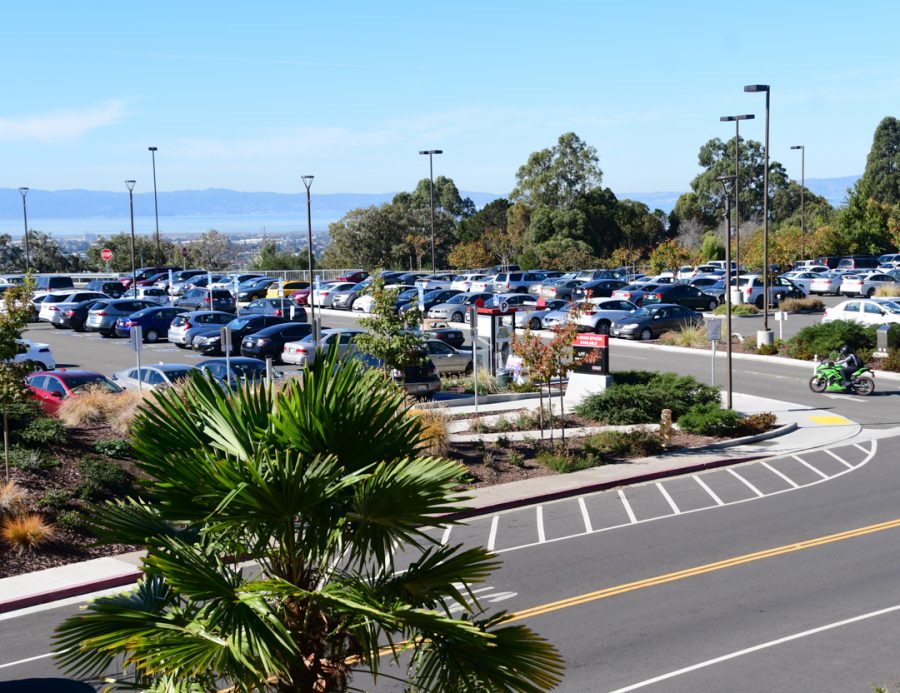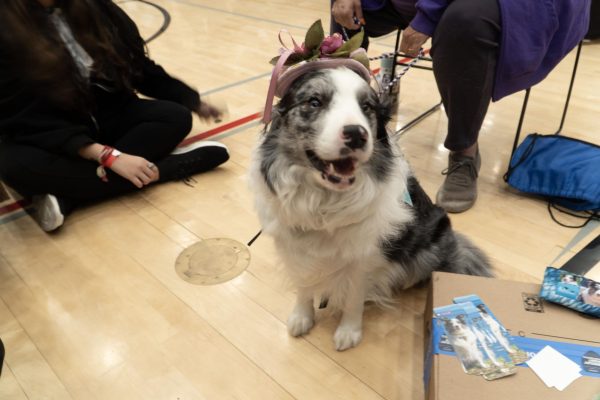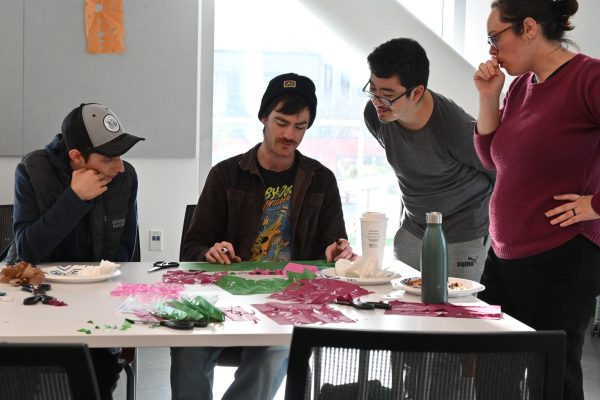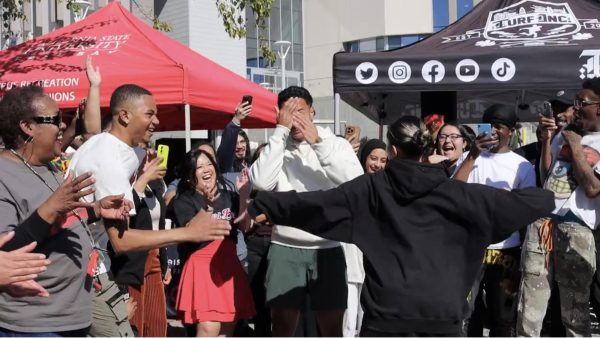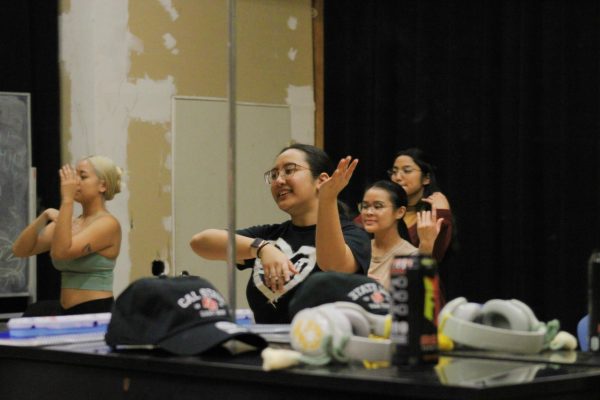Temporary parking woes on campus
Approximately 16,000 students attend CSU East Bay, and a vast majority of them are commuters who visit the university at least once a week, according to the California State University Office of the Chancellor.
There are transit options available to these students: BART, AC Transit, campus shuttles, as well as carpooling and ridesharing services. However, these are not always practical options for those with busy work or family schedules.
In 2014, to help mitigate parking congestion, campus administration converted a soccer field on Field House Service Road into overflow parking for 367 vehicles. It was then renovated during Summer 2017, along with lots J, L, M, and O.
Despite the campus’ attempt to provide more parking, the lot’s gravel surfacing—intended for functionality during the rainy season—has caused problems. Since the beginning of Fall 2017, there have been ten reported instances of vehicles getting stuck. Half of those required a tow truck, according to Derrick Lobo, director of Parking and Transportation Services.
It is common for student drivers to dig into the loose gravel by over-revving while backing out. The drive wheels can experience slippage as the free wheels sink into the deeper portions of the gravel. The painted parking bay lines can get scrambled by vehicles driving over and displacing them. Gravel can also get tossed up by vehicles’ wheels.
“We are working on solutions to address the issues we are having with the Overflow Lot,” Lobo told The Pioneer. “It is a bit more complicated because we are solving the problem, while still keeping the lot open because we know how much students like to use that lot.”
Due to liability, CSUEB administration cannot stage recovery tools or assist with extracting vehicles. Lobo recommends that students who are not able to get out on their own contact a towing company, and bring a copy of their receipt to the Parking & Transportation Services Department for reimbursement.
Off-Road.com and Four Wheeler magazine also recommend that drivers in gravel limit throttle and wheel speed: stay in low gear to avoid wheel slippage, and attempt to steer clear of sections that are visibly deeper, if possible.
The university has no plans to make the overflow lot into a permanent, paved area due to the associated increase in stormwater runoff and the resulting increase in erosion, Lobo said.


